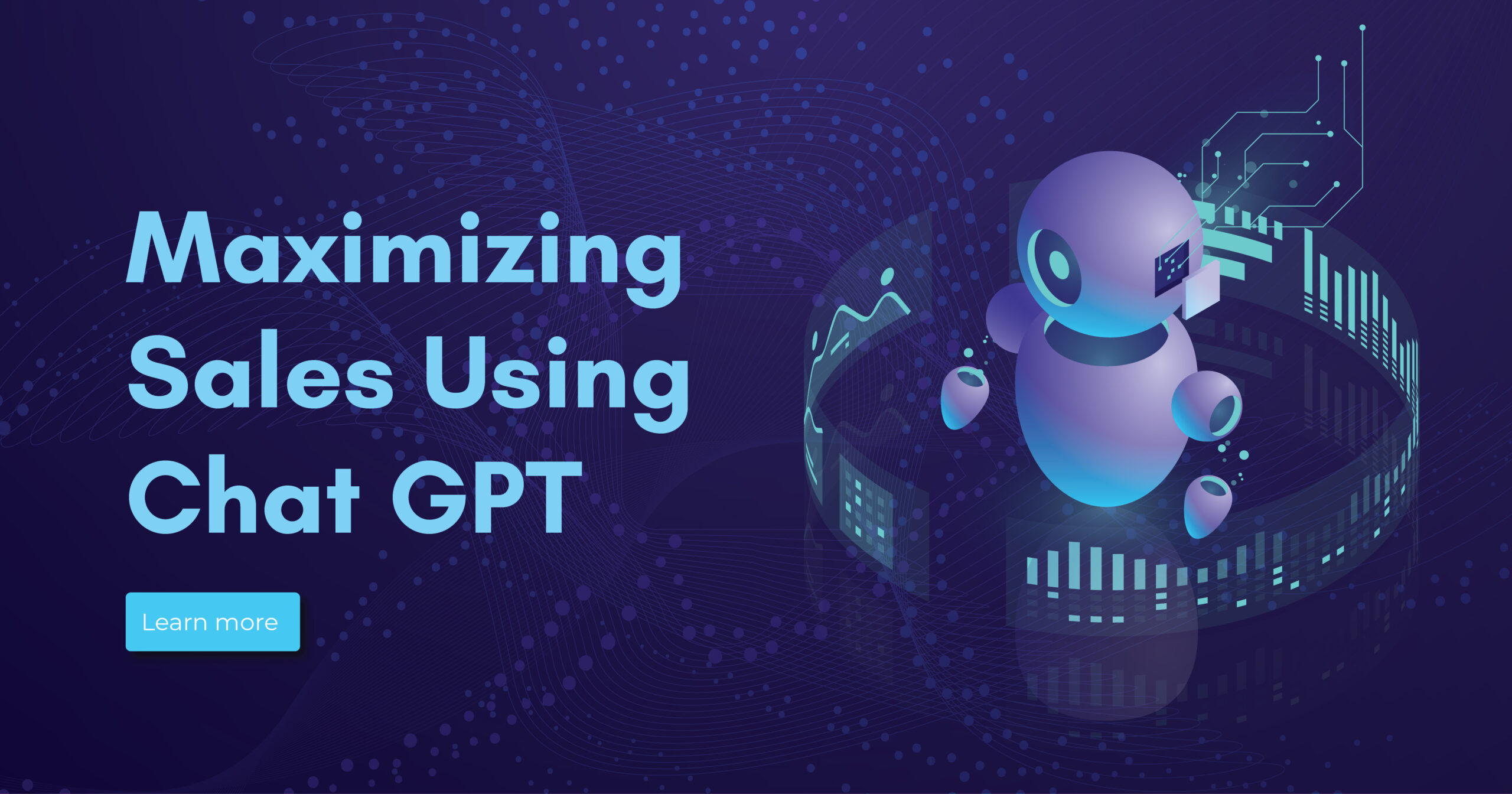ChatGPT is an AI powered chatbot that can offer unique and advanced conversational experience by generating human like responses. In this blog, we’ll be exploring one of the key aspects of using ChatGPT for business: prompt engineering. By following this guide, you’ll learn the steps to take to create effective and accurate language models that deliver real value to your organization.
Steps To Take To Create Effective Language Models
Want to harness the full power of ChatGPT for your business?
Read on to discover the basics of prompt engineering and how you can use it to generate accurate and relevant responses!
Step 1: Define the Objectives Before starting the prompt engineering process, it’s important to have a clear understanding of the objectives and use cases for the language model. This could include generating product descriptions, answering customer questions, or providing personalized recommendations.
Example: A sales team may want to use ChatGPT to roleplay as a customer to help the team prepare for real-life interactions. In this case, the team’s goal would be to improve their ability to handle objections and close deals.
Step 2: Gather Training Data The next step is to gather training data that will be used to train the language model. This data should be relevant to the objectives and use cases defined in step 1 and should represent the types of prompts the model will be expected to respond to.
Example: A sales team may gather data on customer objections to help them prepare for common challenges. This data can then be used to develop prompts that help the team practice handling objections effectively.
Step 3: Design the Prompts Once the training data has been gathered, the next step is to design the prompts that the model will be trained on. The prompts should be designed to clearly articulate the objectives and use cases of the language model, and should provide enough context for the model to generate accurate and relevant responses.
Example: A sales team may design prompts such as “What is the most common objection you hear from customers if you are selling xx product?” or “How do you handle a customer who is hesitant to make a purchase?” These prompts will help ChatGPT generate text that simulates common customer objections and provides guidance on how to handle them.
Step 4: Train the Model Using the training data and prompts, train the ChatGPT language model. This involves feeding the model the training data and prompts and adjusting the model parameters to improve the accuracy of the responses generated by the model.
Example: A sales team may test their prompts by roleplaying customer objections with ChatGPT. They may then refine the prompts based on the feedback they receive from the simulation to ensure they’re as effective as possible.
Step 5: Evaluate the Model After the model has been trained, evaluate its performance by testing it on a set of validation prompts. This will give you an idea of how well the model is able to generate accurate and relevant responses to the types of prompts it will be expected to handle in production.
Example: A sales team may integrate ChatGPT into their sales training program by using it to simulate customer interactions. The team can then use the insights they gain from the simulation to improve their sales techniques in real-life situations.
Step 6: Analyze the Results Analyze the results of the evaluation to identify areas for improvement. This could include looking at the accuracy and relevance of the responses generated by the model, as well as the consistency of the responses generated by the model.
Example: A sales team may track the number of deals they close as a result of using ChatGPT for sales training. They may then use this information to evaluate the effectiveness of the technology and make any necessary adjustments to their processes.
Want to create an effective and accurate ChatGPT language model?
Learn how to analyze the results of your model evaluation and identify areas for improvement!
Step 7: Refine the Model Based on the results of the evaluation, make changes to the prompts and training data as needed to improve the accuracy and relevance of the responses generated by the language model. This may involve adding more data to the training set, adjusting the prompts, or fine-tuning the model parameters.
For example, if the model generated a response that was not accurate or relevant, you could adjust the prompt to provide more context or add more examples of similar products to the training set to help the model learn the patterns and relationships in the data.
Want to ensure that your ChatGPT language model delivers accurate and relevant responses?
Learn how to refine your model by making changes to the prompts and training data!
Ready to unleash the full power of ChatGPT for your business?
Get started today and see how prompt engineering can help you achieve your goals!
Conclusion:
Prompt engineering is a crucial part of getting the most out of ChatGPT, and requires careful consideration of the objective, use case, training data, and prompt design. By following these steps and making refinements as needed, you can create a highly effective language model that generates accurate and relevant responses to a wide range of prompts.
With ChatGPT, the possibilities for using AI to improve business operations are vast, and this guide is just the beginning. From sales to customer service to product recommendations, ChatGPT can be used to streamline processes and deliver better results for your organization. Whether you’re just getting started with ChatGPT or are looking to take your use of the technology to the next level, understanding the basics of prompt engineering is a must.
So, why wait? Get started with ChatGPT and see what this powerful technology can do for your business! Whether you’re a sales team looking to enhance your customer interactions or a business looking to improve your product recommendations, the opportunities are endless with ChatGPT and prompt engineering.
If you’re unsure of how to formulate a query, don’t hesitate to reach out to our Strategy First team. Our AI experts are on hand to provide personalized consultations and recommendations tailored to your specific needs and circumstances.
 Skip to content
Skip to content






